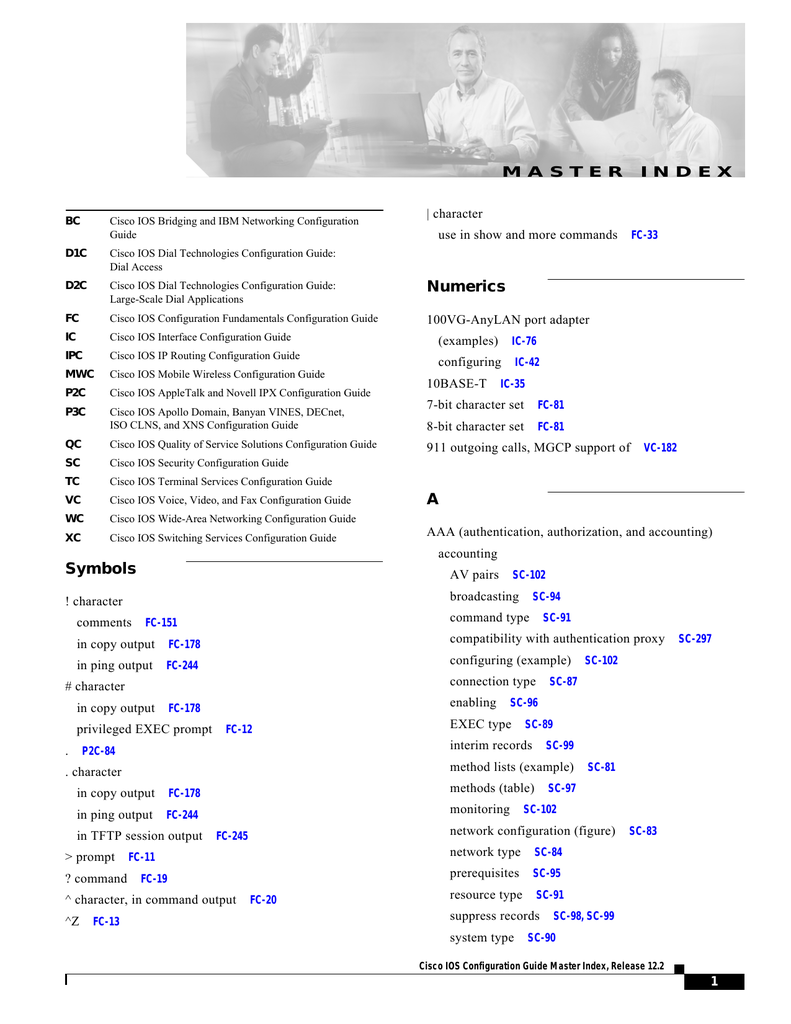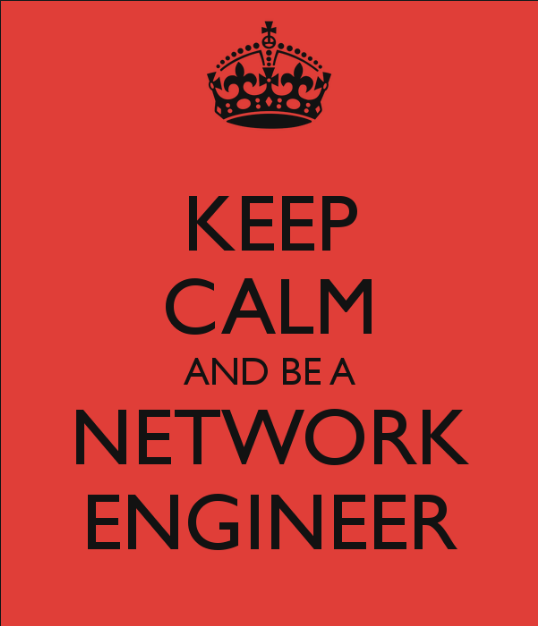
- #CISCO MAC ADDRESS TABLEHISTORY SERIES#
- #CISCO MAC ADDRESS TABLEHISTORY SIMULATOR#
- #CISCO MAC ADDRESS TABLEHISTORY MAC#
#CISCO MAC ADDRESS TABLEHISTORY MAC#
Operation: Deleted Vlan: 90 MAC Addr: 001e.8fd7. Cisco Catalyst 9600 (with Supervisor 1) was introduced in mid 2019 to provide a migration path for Catalyst 6500/68.

#CISCO MAC ADDRESS TABLEHISTORY SERIES#
History Index 10, Entry Timestamp 33002013, Despatch Timestamp 33002013 The Cisco® Catalyst® 9600 Series switch is Cisco’s lead modular enterprise core switching platform and is part of the Catalyst 9000 family.

History Index 9, Entry Timestamp 32967459, Despatch Timestamp 32967459
#CISCO MAC ADDRESS TABLEHISTORY SIMULATOR#
I have seen in a simulator of a 2960 WS-C2960-24TT, IOS 12.2(25r), that only the first option is available, and the other errors. In the second case, use the command ‘traceroute mac ip 192.168.0.4 192.168.0.6’. I also have the Cisco Press CCNA Flashcards book also, and that only mentions the first command above. History Index 8, Entry Timestamp 32952925, Despatch Timestamp 32952925 Below the MAC address table and the ARP table of the Ciscozine-SW1 switch: You have two options to find the path between two hosts: In the first case, use the command ‘traceroute mac 0019.9955.0f60 0b’. History Index 7, Entry Timestamp 32895489, Despatch Timestamp 32895489 History Index 6, Entry Timestamp 32853690, Despatch Timestamp 32853690 History Index 5, Entry Timestamp 32801756, Despatch Timestamp 32801756 History Index 4, Entry Timestamp 32785993, Despatch Timestamp 32785993 History Index 3, Entry Timestamp 32751435, Despatch Timestamp 32751435 Switch1> show interfaces Vlan1 is up, line protocol is up Hardware is CPU Interface, address is 280 (bia 280) Internet address is 192.168.0.4/ bytes, BW 1000000 Kbit, DLY 10 usec, reliability 255/255, txload 1/255, rxload 1/255 Encapsulation ARPA, loopback not set ARP type: ARPA, ARP Timeout 04:00:00 Last input 00:00:00. Operation: Deleted Vlan: 90 MAC Addr: 001e.8fd7.8bc6 Dot1dBasePort: 27 Checking MAC addresses on a Cisco switch. Spanning tree also allows a network design to include backup links providing fault tolerance if an active link fails. History Index 2, Entry Timestamp 32713476, Despatch Timestamp 32713476 The Spanning Tree Protocol (STP) is a network protocol that builds a loop-free logical topology for Ethernet networks.The basic function of STP is to prevent bridge loops and the broadcast radiation that results from them.

Operation: Added Vlan: 90 MAC Addr: 001e.8fd7.8bc6 Dot1dBasePort: 27 History Index 1, Entry Timestamp 32679349, Despatch Timestamp 32679349 Here is the mac address table notification change log, which shows that the device is being added and deleted about every 2-5 mins based on the timestamp/uptime: I already tried changing the aging time to 3600 (60mins) and it was still deleting and adding the mac addresses. Destination Address Address Type VLAN Destination PortĠ problem is that non-windows devices are having this issue, even linux boxes in our virtual environment. If you were looking for a device you could ping it, look at the arp table to get the mac then use the mac command to find the port. It is used to record a stations mac address and it’s corresponding switch port location."Įxample: Port 17 has a device plugged in with this mac address. What does it mean P.S This switch acts as a pure layer2 switch only. Here is a quote from "The CAM table, or content addressable memory table, is present in all Cisco Catalysts for layer 2 switching. From the 4510R/Sup5, I issued the 'show mac-address-table' and saw a field 'protocol', which included ip,ipx,others. I know you don't want to know about the ARP command but this command and the ARP command together you can find devices on your switches. I'm not sure why it's labeled Destination Address. The MAC table or CAM table only records source addresses. It identifies the mac address that is on that port. The column title in the command is a destination address. It will show multiple MAC addresses on the uplink port that connects to other switches. That's why I showed it two different ways. Some switches/ios versions have a slight variation of the command. Show mac-address table or show mac-address-table will give you the interface (the given name, not the name you assign it) and MAC Addresses.


 0 kommentar(er)
0 kommentar(er)
